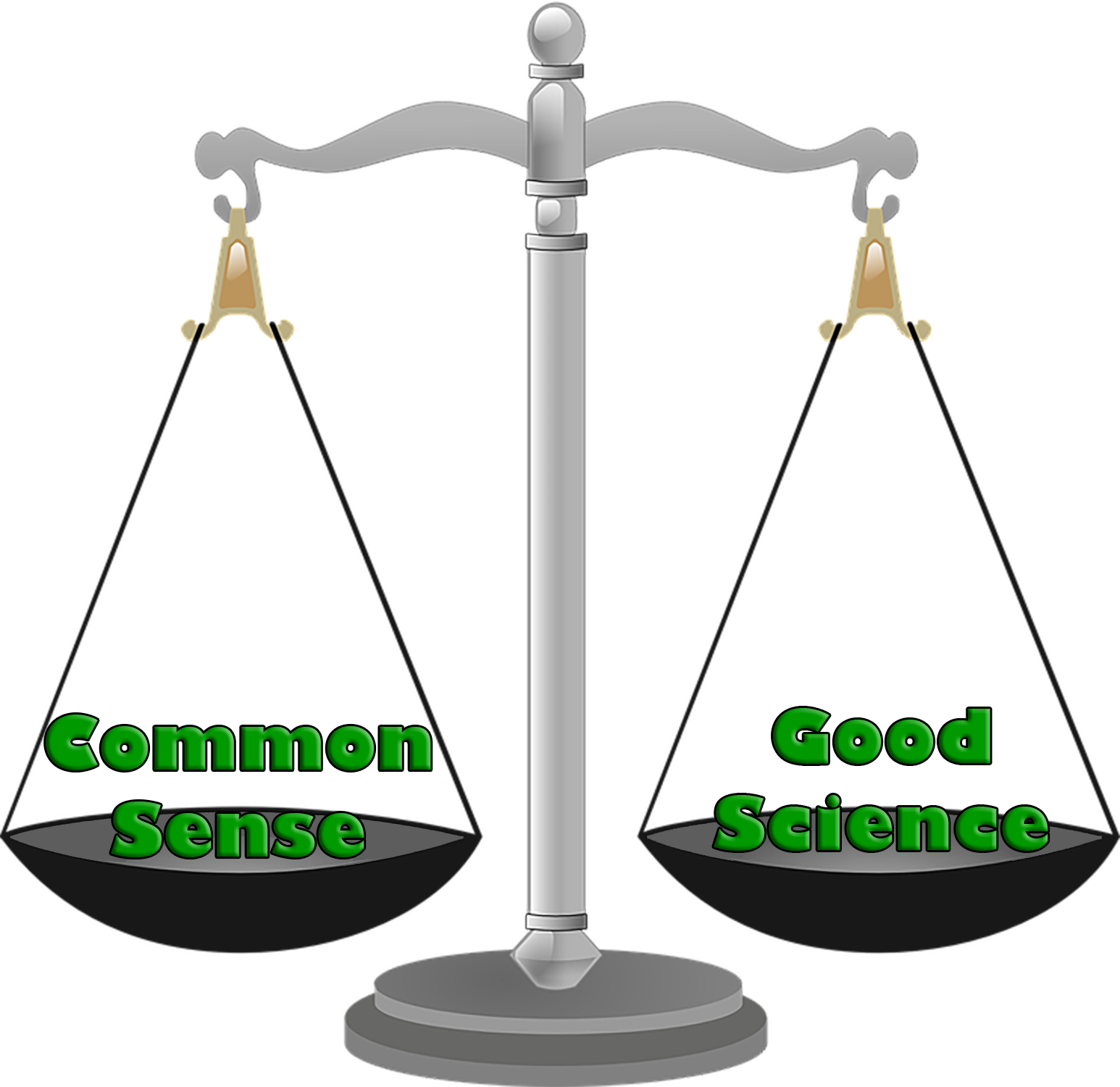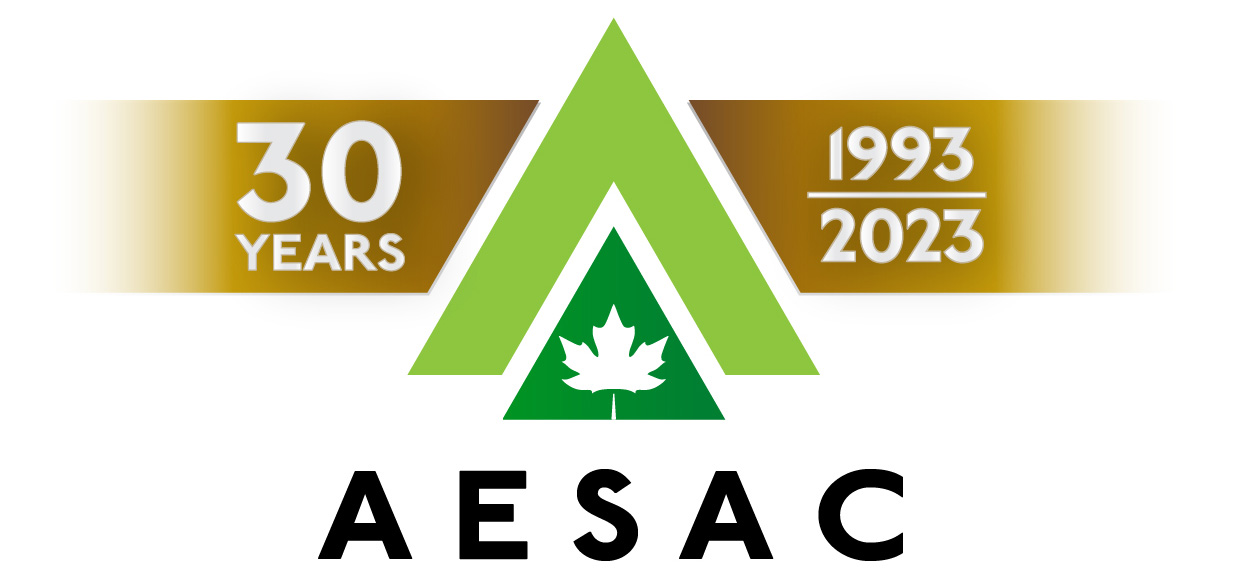- Home
- Training Courses
- Membership
- About Us
- Instructors Blog
- December 2023: All I Want For Christmas
- November 2023: ESA Report Reviews
- October 2023: Can AI Write an ESA Report?
- September 2023: Getting Paid... or Not
- August 2023: Take Me Back...
- July 2023: To Bid or Not To Bid
- June 2023: Selecting a Supplier
- April 2023: Phase 1 Problems, Part 3
- March 2023: Phase 1 Problems, Part 2
- February 2023: Phase 1 Problems, Part 1
- January 2023: Working Outside in Winter
- 2022 Blogs
- 2021 Blogs
- December 2021: Asbestos in your Home
- Sept 2021: Dirty Jars And Other Bad Things… Part 2
- August 2021: Dirty Jars And Other Bad Things… Part 1
- July 2021: How do you want that drawing to look? Part 2
- June 2021: How Did You Want That Drawing To Look? Part 1
- April 2021: So You Need a RSC... Part 2
- March 2021: So You Need a RSC... Part 1
- February 2021: What's In Your Toolbox? Part 2
- January 2021: What's In Your Toolbox? Part 1
- 2020 Blogs
- December 2020: A Day in the Life, Part 2
- November 2020: A Day in the Life, Part 1
- October 2020: Exploring Your Career Path
- September 2020: So You Want To Start Your Own Business - Part 2
- August 2020- So You Want to Start Your Own Business
- June 2020: Effective Communication
- May 2020: Tips For Working From Home
- April 2020: Conducting ESA’s During a Pandemic
- March 2020: It's Not Easy Being Green
- February 2020: Looking Ahead; Bold Predictions for the Next Decade
- January 2020: Looking Back; A Decade in Review
- 2019 Blogs
- 2018 Blogs
- 2017 Blogs
- 2016 Blogs
- 2015 Blogs
- Find an AESAC Member
Menu- Home
- Training Courses
- » Training Courses
- » Webinar Series
- » Calendar of Events
- » Course Registration
- » Course Instructors
- » Testimonials
- Membership
- » Become a Member
- » Certifications
- » Membership Search
- » Update Member Profile
- » Members Only
- » » Member Login
- » » Membership Renewal
- » » Create/Change Password
- » » CESA Certification Application
- About Us
- » About AESAC
- » Course Instructors
- » Contact Us
- Instructors Blog
- » December 2023: All I Want For Christmas
- » November 2023: ESA Report Reviews
- » October 2023: Can AI Write an ESA Report?
- » September 2023: Getting Paid... or Not
- » August 2023: Take Me Back...
- » July 2023: To Bid or Not To Bid
- » June 2023: Selecting a Supplier
- » April 2023: Phase 1 Problems, Part 3
- » March 2023: Phase 1 Problems, Part 2
- » February 2023: Phase 1 Problems, Part 1
- » January 2023: Working Outside in Winter
- » 2022 Blogs
- » » December 2022: Advice To My Younger Self
- » » October 2022: Pre-Purchase Due Diligence
- » » Sept 2022: Words Matter
- » » July 2022: Let Us Come To You
- » » April 2022: Due Diligence
- » » March 2022: Time Management
- » » February 2022: Spinning Augers... Part 2
- » » January 2022: Spinning Augers... Part 1
- » 2021 Blogs
- » » December 2021: Asbestos in your Home
- » » Sept 2021: Dirty Jars And Other Bad Things… Part 2
- » » August 2021: Dirty Jars And Other Bad Things… Part 1
- » » July 2021: How do you want that drawing to look? Part 2
- » » June 2021: How Did You Want That Drawing To Look? Part 1
- » » April 2021: So You Need a RSC... Part 2
- » » March 2021: So You Need a RSC... Part 1
- » » February 2021: What's In Your Toolbox? Part 2
- » » January 2021: What's In Your Toolbox? Part 1
- » 2020 Blogs
- » » December 2020: A Day in the Life, Part 2
- » » November 2020: A Day in the Life, Part 1
- » » October 2020: Exploring Your Career Path
- » » September 2020: So You Want To Start Your Own Business - Part 2
- » » August 2020- So You Want to Start Your Own Business
- » » June 2020: Effective Communication
- » » May 2020: Tips For Working From Home
- » » April 2020: Conducting ESA’s During a Pandemic
- » » March 2020: It's Not Easy Being Green
- » » February 2020: Looking Ahead; Bold Predictions for the Next Decade
- » » January 2020: Looking Back; A Decade in Review
- » 2019 Blogs
- » » November 2019
- » » September 2019
- » » August 2019
- » » July 2019
- » » May 2019
- » » March 2019
- » » February 2019
- » » January 2019
- » 2018 Blogs
- » » November 2018
- » » October 2018
- » » September 2018
- » » August 2018
- » » July 2018
- » » June 2018
- » » May 2018
- » » March 2018
- » » February 2018
- » » January 2018
- » 2017 Blogs
- » » April 2017
- » » June 2017
- » » August 2017
- » » September 2017
- » » December 2017
- » 2016 Blogs
- » » October 2016
- » » September 2016
- » » August 2016
- » » July 2016
- » » June 2016
- » » March 2016
- » » January 2016
- » » December 2016
- » » November 2016
- » 2015 Blogs
- » » April 2015
- » » July 2015
- » » September 2015
- » » October 2015
- » » December 2015
- Find an AESAC Member
Last month I discussed some common mistakes I have encountered in reviewing Phase Two Environmental Site Assessment reports, specifically in the initial planning stage, now it’s time to turn our attention to recognizing and reducing errors during the Phase Two ESA field work.
Sometimes, deficiencies that occur in the planning stages of a Phase Two ESA transfer into errors in field procedures. This can be caused by poor communication between the project manager and field staff (i.e. the PM neglects to inform field personnel of specific project requirements, and/or field staff forget to include important sampling media or potential contaminants of concern). Full, two-way communication is vital to successful completion of any Phase Two ESA. It’s not enough for senior staff to just assume that less experienced team members understand all the complexities of the sampling plan; nor is it acceptable for a project manager to fail to provide adequate guidance and answers to questions from the field. I have always thought it was important for junior staff to ‘know what they don’t know’ and encouraged them to ask questions at any time. When project managers are ‘too busy’ to answer questions and simply tell their staff to ‘figure it out themselves’ everyone loses.
Despite good intentions and full communication, deficiencies can still occur. Some are the result of inexperience compounded by poor judgement; some are due to budget limitations or staffing shortfalls; and some are caused through poor sampling protocols. Some of the more common field sampling errors can include: failure to sample all relevant media at a Site (e.g. no sediment or surface water sampling is undertaken despite the presence of a potentially impacted water body); failure to consider all potential contaminants of concern (e.g. sampling only for petroleum hydrocarbons at a fuel storage site and not volatile parameters like BTEX); failure to sample in locations where contaminants are most likely to occur or be detected (e.g. sampling only surficial or near surface soils, and not at the invert of a buried fuel tank or oil interceptor, or failure to sample groundwater in a potable groundwater situation); and lack of field or lab filtering of groundwater samples for metals analysis (failure to remove sediment prior to sample preservation can skew the results for metals analysis).
Inadequate sampling and decontamination procedures can also bias lab results, leading to inaccurate or faulty conclusions. When samples are disturbed (such as grab samples of soil collected directly from a drill augur that has travelled through an impacted zone) or collected improperly (e.g. compositing soil samples for analysis of volatile components); the test results can be biased and may not be representative of actual site conditions. Similarly, failure to properly clean drilling and sampling equipment can result in apparent impacts that are actually the result of cross contamination between sampling points. Consider using dedicated or disposable sampling equipment to reduce this potential. A suitable quality control program should also be implemented, including sufficient duplicate samples, trip blanks, etc. for QA/QC purposes, and inclusion of equipment rinsate blanks to confirm adequate decontamination.
These are only a few of the more common field sampling errors I have come across. In an upcoming article I will discuss other practical methods to reduce errors in Phase Two data interpretation and reporting.
By:
Bill Leedham, P. Geo., CESA, QPESABill is the Head Instructor and Course Developer for the Associated Environmental Site Assessors of Canada (www.aesac.ca); and the founder and President of Down 2 Earth Environmental Services Inc. You can contact Bill at info@down2earthenvironmental.ca
Training Courses
Membership
About Us
Contact UsCopyright (c) 2024 Associated Environmental Site Assessors of Canada; AESAC Inc.



